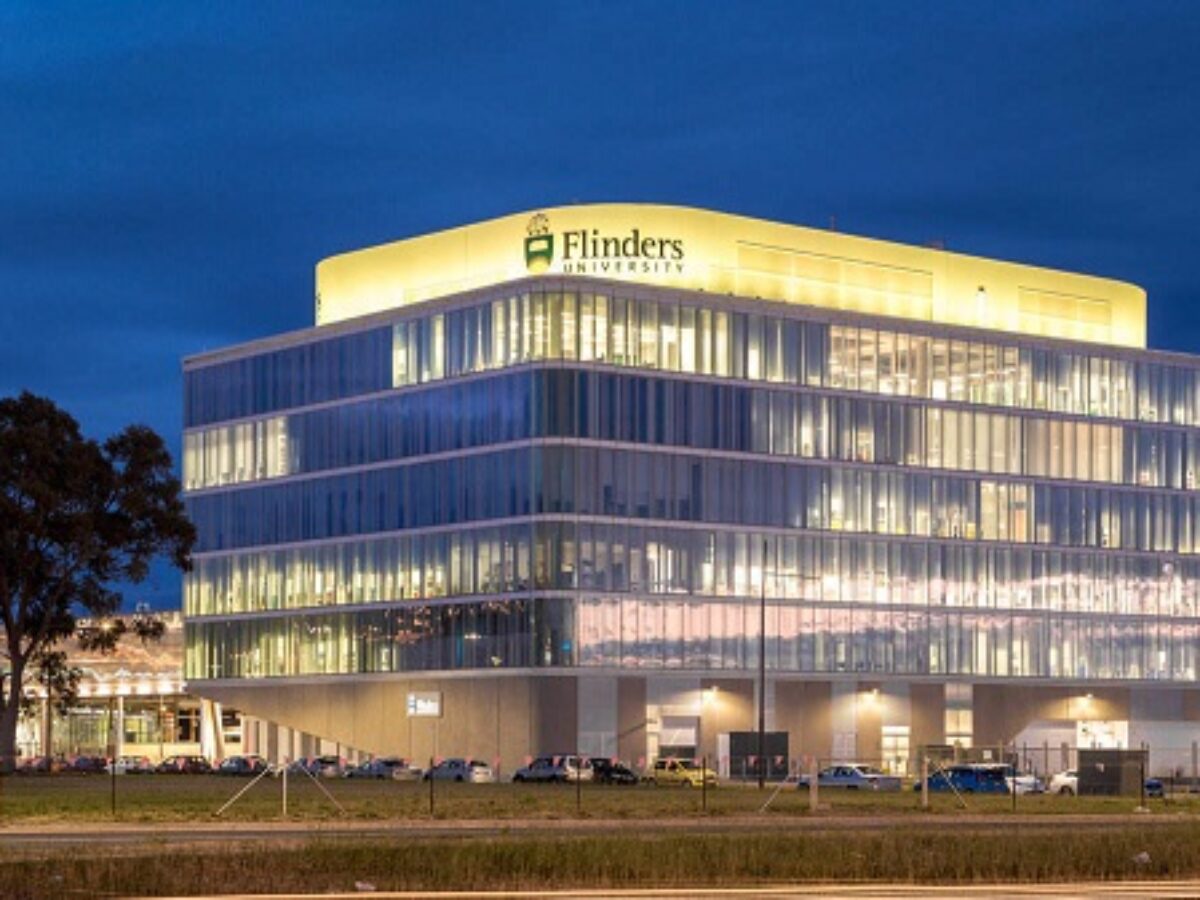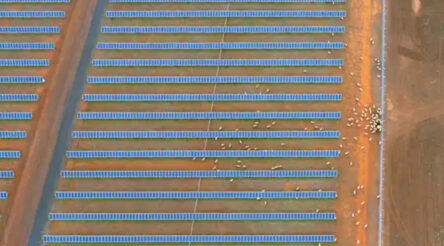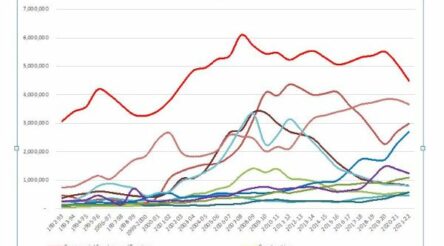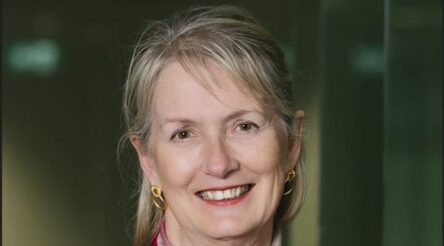The circular economy and the future of industry and economy – by Lance Worrall

A new Australian Industrial Transformation Institute (Flinders University) report, ‘The Circular Economy: International Lessons and Directions for Australian Reindustrialisation’, considers why and how Circular Economy principles should be applied to the larger project of Australian reindustrialisation, accelerated decarbonisation, value adding and national sovereignty. By Lance Worrall
Through a focus on industrial processes and critical metals, the Circular Economy can help Australia achieve sustainable resource use and again be a nation that makes things. The Albanese government’s National Reconstruction Fund and the SA government’s Hydrogen Jobs Plan are important starting points.
The world’s consumption of resources doubled between 1990 and 2017 and, despite improvements in resource efficiency over that time, resource consumption is forecast to again double by 2060.
We have one planet not two. Global warming and resource depletion are breaking the limits of the one we have. The issue is: can we meet the needs of the world’s peoples for a better life, while radically reducing extraction of virgin resources in favour of secondary, recycled materials?
The Circular Economy
Enter the Circular Economy (CE) – an industrial system recycling highly valuable materials and products at the end of their specific product life, to have many successive productive lives.
The CE is about resource efficiency and taking responsibility for the full lifecycle of resources.
Primary materials extraction is reduced in favour of secondary resources, keeping the product or materials in productive use for as long as possible, and reusing and recycling products and materials, to form a closed loop, radically reducing waste.
Contrast with our current ‘linear economy’, where materials usually have just one life.
Valuable resources are extracted, the product is made, and disposed of at the end of its (only) life. High wastage is inbuilt.
Across the industrial world, the CE is embraced as an active component of nations’ industrial policies, and valued as a source of new jobs, higher productivity, growth and innovation.
Australia’s extractive and linear economy
Not only is Australia one of the world’s highest per capita carbon polluters, but one of the most resource-inefficient of the developed OECD economies also.
This aligns with our deindustrialisation and overdependence on extractive industries and exports of unprocessed raw materials.
Missing vast opportunities to develop industries based on adding value to resources we have – and that a decarbonising world needs – Australia also lags in its capacity to recycle highly valuable materials and products at the end of their specific product life.
Over and over, we either send valuable materials offshore for recycling, or consign them to landfill.
The opportunities are huge. Decarbonisation, using our renewable energy and adding value to our immense mineral resources can give us a virtuous cycle in which our emissions-free energy is used to make the materials and products needed to produce yet more emissions-free energy, with Australia a supplier of green energy to the world.
Green energy-intensive recycling within Australia can help drive our reindustrialisation and decarbonisation.
Reindustrialisation and the National Reconstruction Fund
This is recognised in two significant recent initiatives for Australia’s economic future: the Commonwealth’s National Reconstruction Fund (NRF) and the SA government’s Hydrogen Jobs Plan. (Editor’s note: other states have similarly ambitious plans.)
The Circular Economy report analyses how and where CE policies can contribute, focussing on industrial processes and critical raw materials.
It takes NRF-nominated products and sectors, and critically, recommends the adoption of key sectoral targets and levels of policy ambition for each:
- Green steel and aluminium: aim for an integrated onshore value chain using green electricity with largescale onshore recycling and reuse
- Lithium-ion batteries: build a vertically integrated onshore value chain, with green energy and recycling and reuse. Largescale recycling is decisive for securing an onshore battery value chain, providing scale and stimulus to upstream production
- Wind turbines: aim for onshore manufacture of key components (towers and housings) with progressive value chain capture as increasing scale allows. Use green power and green steel and aluminium to make the turbines which then generate green power (forming a virtuous cycle)
- Solar panels: target onshore manufacturing of key selected components (at least to solar module phase) with expanded onshore production over time. Use green power to produce the panels, which then generate green power, together with onshore recycling and reuse (a virtuous cycle). Largescale recycling, together with green electricity close to Australian silicon deposits, are hooks for bringing more production onshore
- Hydrogen electrolysers: aim for onshore electrolyser manufacturing, using green energy to make them to in turn generate green power (another virtuous cycle)
- And green hydrogen: aim for an integrated onshore value chain, working to capture upstream plant and technology components, using green energy for production and later energy-intensive onshore recycling and reuse.
Also, large scale onshore recycling and reuse can spur upstream technology and industrial development.
This is truest for lithium-ion batteries and solar panels: we recommend a national policy to build scale for recycling and reuse focussed on these, for maximum effect by the end of the decade, when EV penetration will have grown, and a large percentage of Australia’s rooftop solar will be due for renewal.
The report also recommends promotion of digital technologies and business models favourable to the CE, targeted and staged deployment of Green Public Procurement, a national vision for resource efficiency and, starting with the SA Hydrogen plan, an Australian industry development model for production of technology, plant and equipment needed for expansion of Australia’s green hydrogen industry.
The full report is available here.
Lance Worrall was a policy adviser to Mike Rann as both Opposition Leader and Premier of South Australia. He has been a senior public servant and most recently worked on industrial transformation initiatives for the Innovative Manufacturing Cooperative Research Centre and Flinders University. He is the author of many reports on economic and industrial development.
Picture: Flinders University at Tonsley innovation precinct
Subscribe to our free @AuManufacturing newsletter here.
@aumanufacturing Sections
Analysis and Commentary Awards Defence Manufacturing News Podcast Technology Videos










